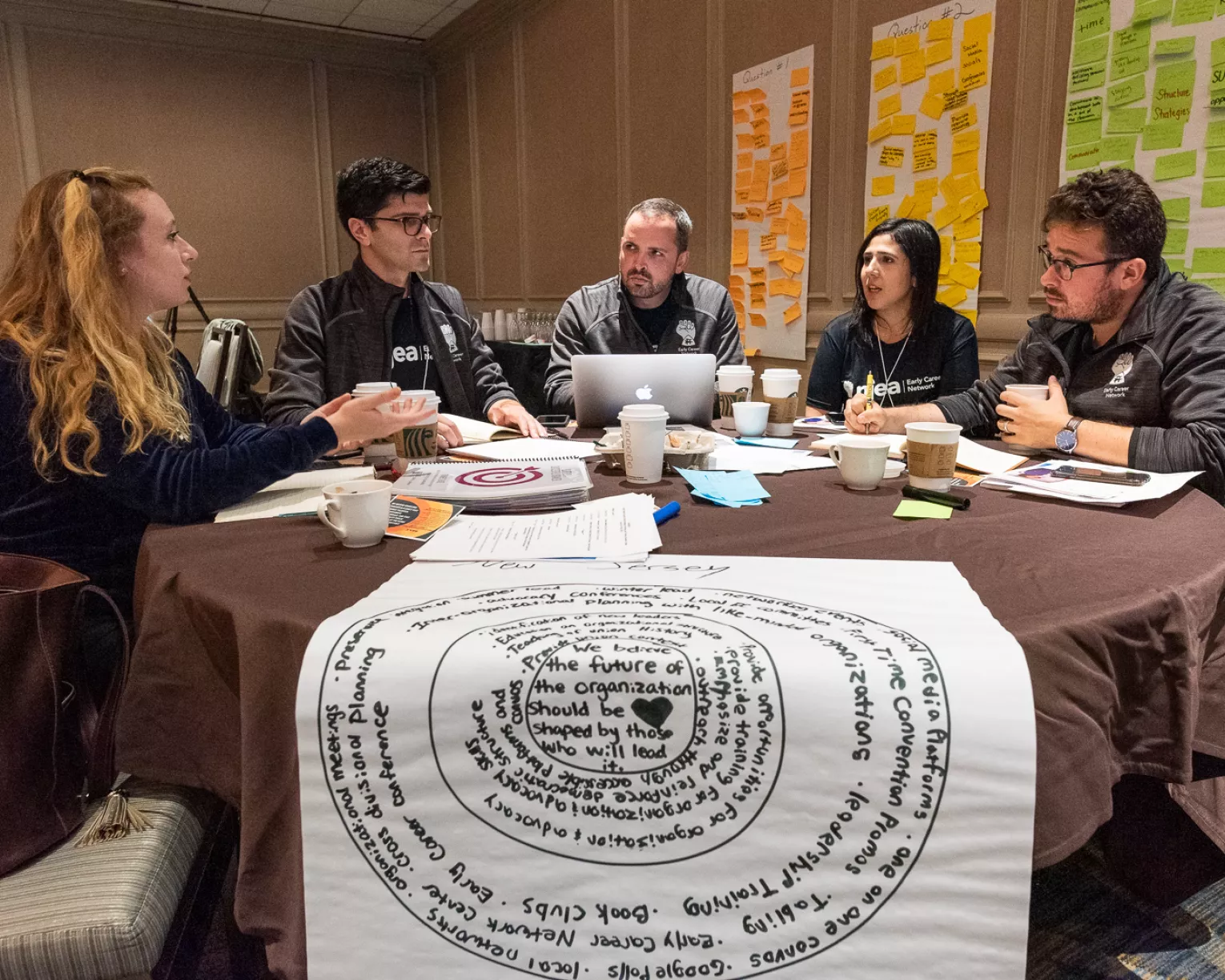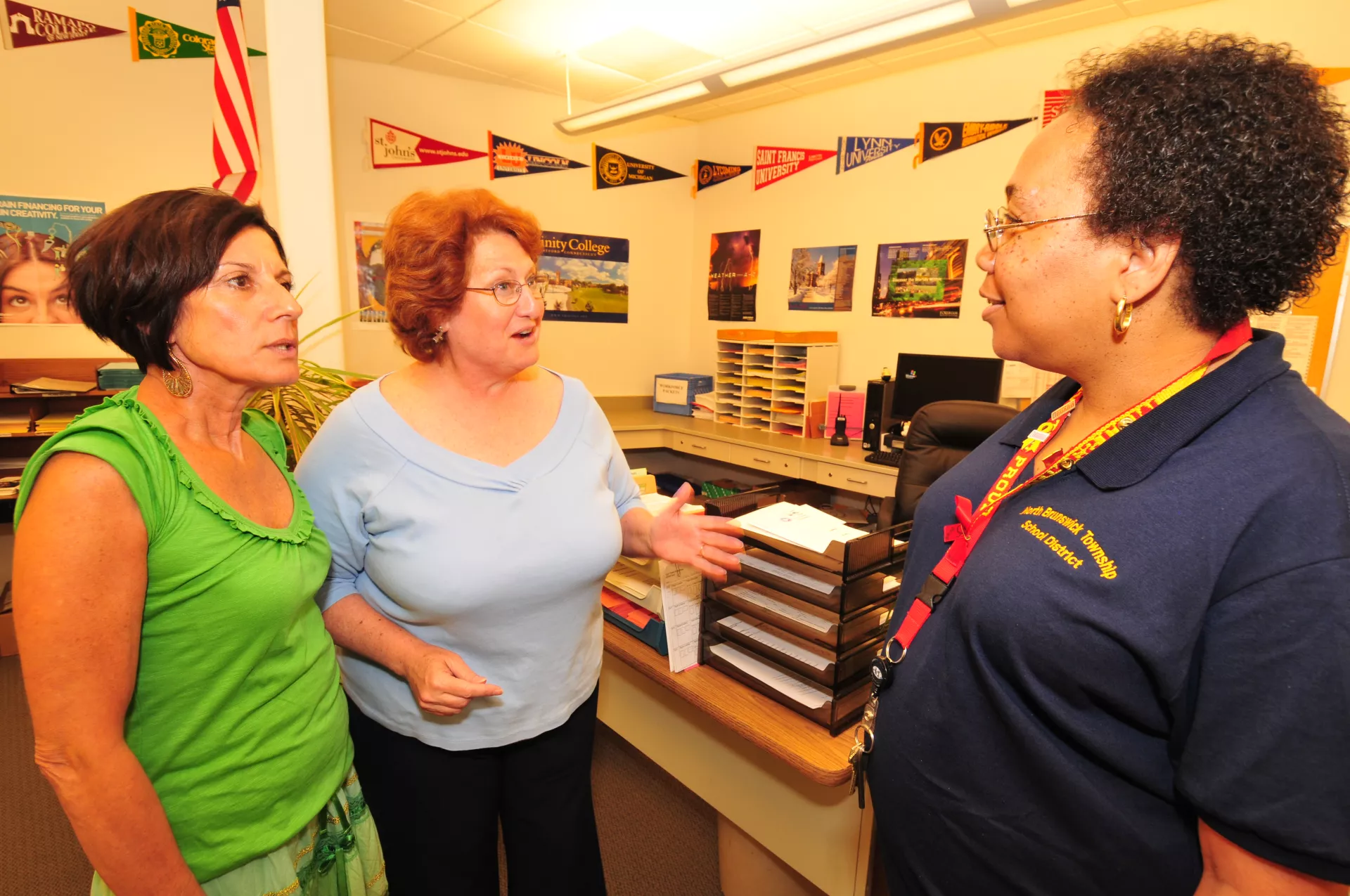When thinking of a traditional classroom, you probably envision one teacher working alone with a group of students. While educators often work alone in the classroom, they do not — and should not — operate independently. Throughout my career, I’ve always found that the best way to improve an educational experience is to work together.
Here are some of the advantages of a collaborative educational environment — not only for your students, but for yourself:
Collaboration Helps Brainstorm Creative Ideas
It may seem like a no brainer, but a true brainstorm is not possible without collaboration. Collaboration provides a safety net; it helps you catapult your thinking and develop ideas that may seem crazy at first.
Working with a small group of trusted teachers gave me the opportunity to turn what I thought was a silly idea at the time into a unique and creative lesson plan. When it was time for my class to study Elizabethan England, I had the idea to have my students rewrite Shakespeare into different time periods that we had already studied. I was hesitant to bring this idea to a large group — it seemed so out there! But after developing the idea with my peers, I had a new and creative lesson plan that my students would love. Peer-to-peer collaboration can turn a small idea into the seeds for something fabulous.
Professional Collaboration Teaches You About Yourself
The process of becoming a National Board certified teacher was the most important of my career. The experience —particularly working with other professionals — made me turn inside-out and think about things from a new perspective. Learning and working with others made me dig deeper and explore who I was as a learner and a teacher. Equally important, it made me explore who my kids could be as learners.
In our educational culture today, it's extremely important to join professional learning communities and pursue professional learning opportunities to ensure ongoing growth for our students and for ourselves.
Learning Collaboratively Helps Students
The collaboration shouldn’t end among the teachers — it should be used during the school day among students, as well! Plan activities that give students the opportunity to work and collaborate together to learn and grow from each other.
Collaborative learning has been shown to not only develop higher-level thinking skills in students, but boost their confidence and self-esteem as well. Group projects can maximize educational experience by demonstrating the material, while improving social and interpersonal skills. Students learn how to work with various types of learners and develop their leadership skills.
When we work together, we create a better learning experience. Teacher collaboration positively impacts student achievement, and allows us as educators to explore new territory.
Are you an affiliate?



